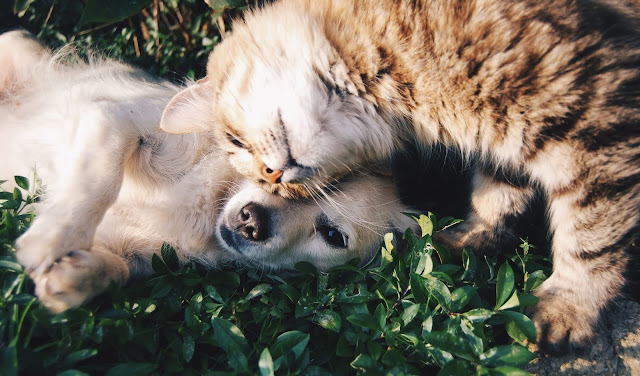A stereotype has been cultivated in society for more than a century: cats and dogs are the worst enemies. Everywhere, from children's cartoons to proverbs, these tailed beasts rarely get along. How does science explain the complex relationship between cats and dogs, why are there often exceptions to this rule, and is it possible to consolidate the interspecific friendship of these animals?
With the coming of a new examination, numerous specialists completely reject such friendly models in the canine pack, inclining towards agreeable connections between dogs. Also, there are various examinations that discussion about the threats of predominance strategies while adjusting a canine's conduct. Some zoopsychologists are certain that this way you can harm the mind of the creature.
Thus, when dogs show interest out of curiosity and the establishment of social connections, cats, due to the peculiarity of their behavior, try to avoid contact with the last. This is not so bad. Both dogs and cats are good hunters with a highly developed hunting instinct. Dogs are, in principle, larger than cats, therefore, every dog sees in a cat avoiding communication an object of pursuit, a victim. The hunting reflex is triggered, and the chase begins: the dog chases the cat until it overtakes it or it runs away, more often climbing onto an inaccessible object.
Scientists classify dogs as the dominant predators in the city's ecosystems. As a result of studies carried out in Moscow in the early 2000s, an expert survey of environmental institutions, observations of interspecific interactions between stray cats and dogs, and even a survey study by VTsIOM, experts concluded that in ecosystems of cities, dogs have an extremely negative effect on the species composition of cats. Moreover, in the behavior of cats, a type was identified, called the phenomenon of mental inadequacy of cats under the influence of stress. It manifests itself most often in states of panic, loss of orientation, lack of recognition of the owner, inadequate assessment of the choice of a safer place, and may even cause death. Guard and fighting dogs often kill cats. Cats and stray dogs are killed, but the reason for this is still unknown - stray dogs do it even without the need for food.




